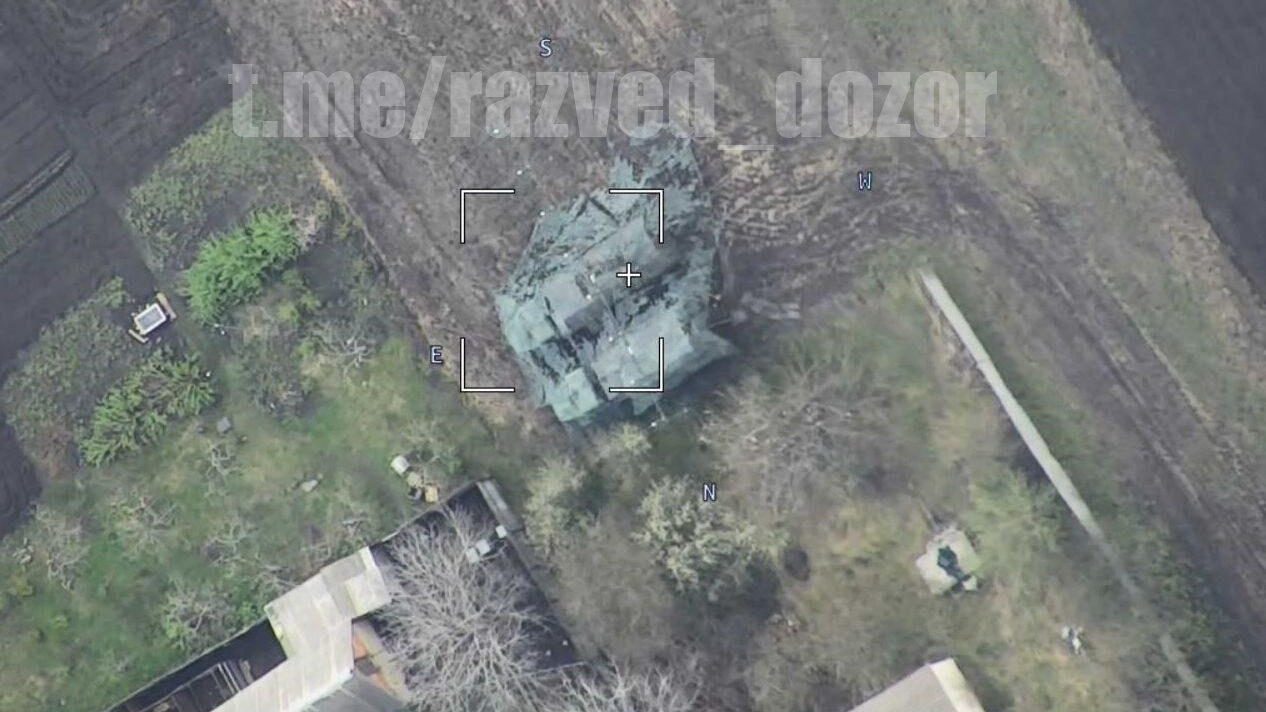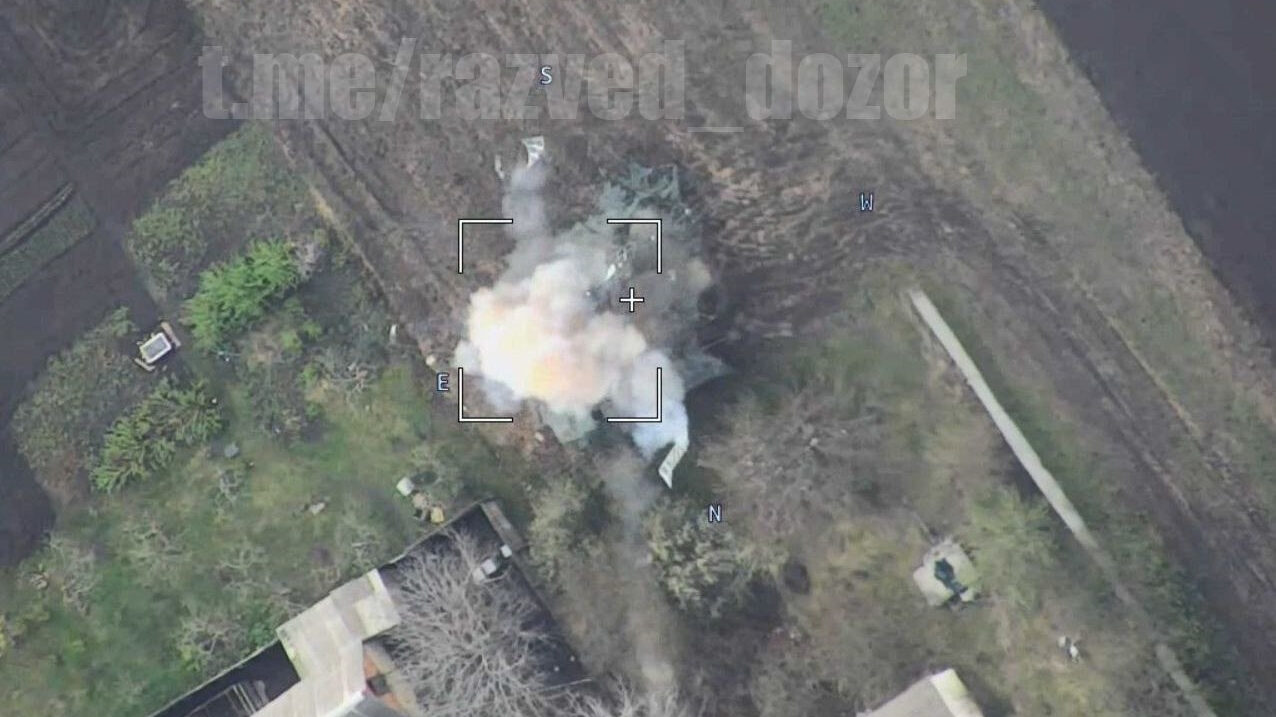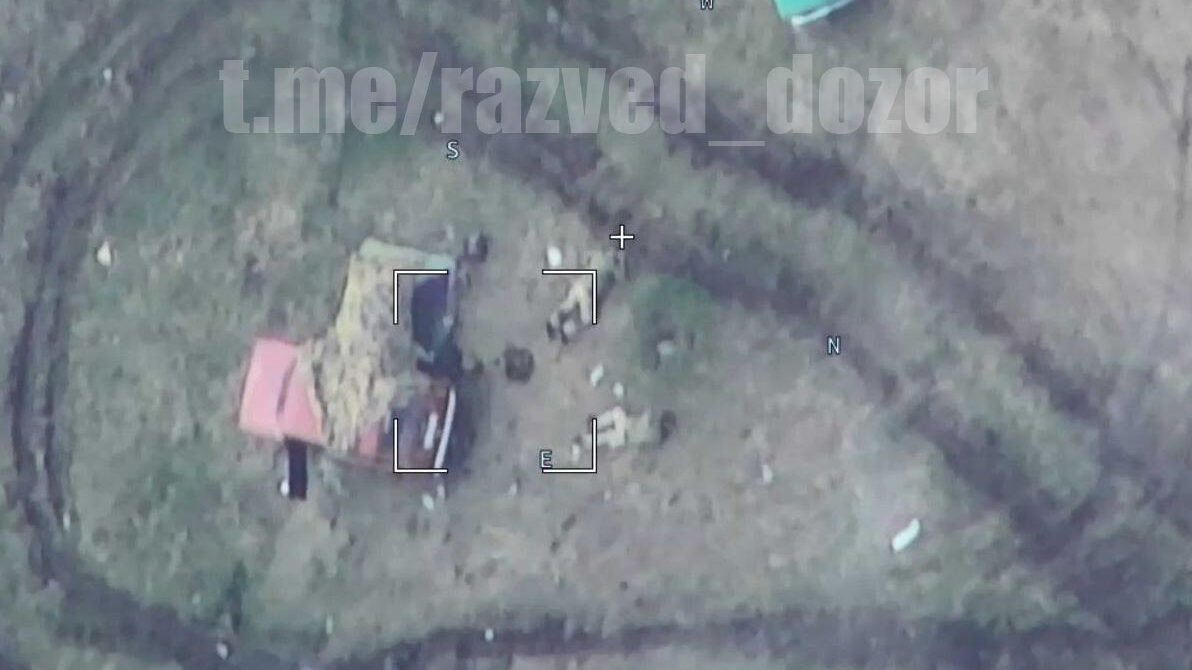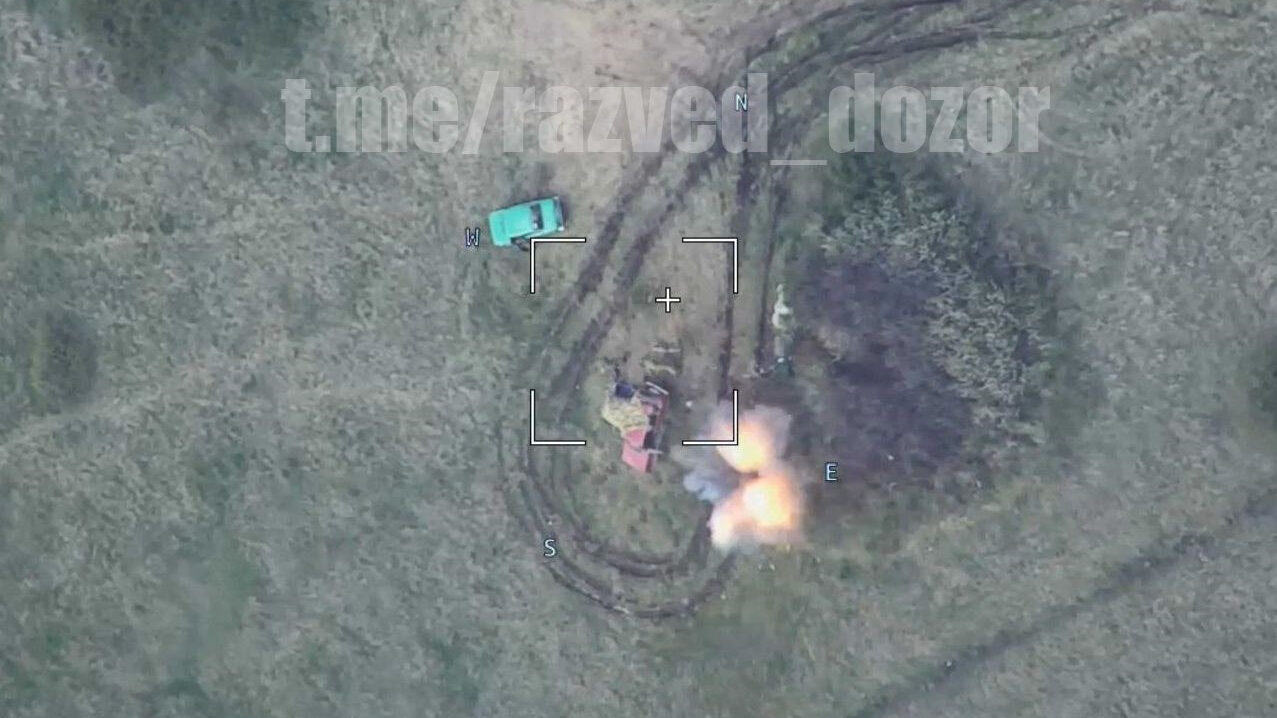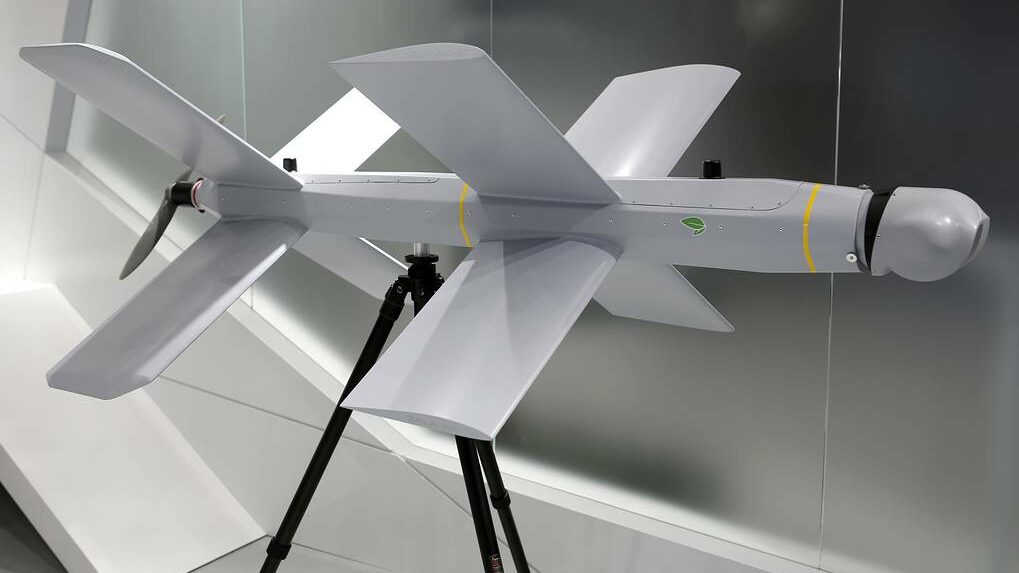
MOSCOW REGION, RUSSIA – JUNE 25, 2019: A ZALA Lancet-3 attack drone developed by Kalashnikov Concern on display at the Army 2019 International Military Technical Forum at Patriot Park. Marina Lystseva/TASS
Russian Lancet loitering munitions have destroyed or damaged more radar, air defense and communication systems of Kiev forces.
On April 26, Russian news sources shared videos and photos documenting recent strikes with Lancet loitering munitions on a Ukrainian-made 1L220UK Zoopark-3 counter battery radar, a Soviet-made P-18 long-range VHF radar, a Soviet-made 9K331 Tor-M1 short-range air defense system and an American-made Starlink internet terminal. All targets were either destroyed, or severely damaged as a result of the strikes.
The Lancet loitering munition was developed by the ZALA Aero Group, a subsidiary of Russia’s defense giant Kalashnikov Concern. The company produces two versions of the loitering munition, the Izdeliye-52 with an endurance of 30 minutes and a one-kilogram warhead and the larger Izdeliye-51 that has an endurance of 40 minutes and is armed with a warhead weighting three kilograms.
Both versions are equipped with a GLONASS-aided inertial navigation system, a laser-ranging system and an electro-optical system that can detect, track and lock on static and moving targets.
Since the start of the special operation in Ukraine, the Russian military has used Lancet loitering munitions to target 20 air defense systems as well as 21 radar and communications systems of Kiev forces.
The small radar cross-section and minimal infrared signature of the Lancet, which is powered by an electric engine, makes it very difficult to detect and intercept. The loitering munition’s navigation and data-link system also appear to be resistant to electronic warfare means. In addition, the munition’s electro-optical targeting system makes countermeasures like camouflage nets and smoke screens ineffective.
MORE ON THIS TOPIC:



